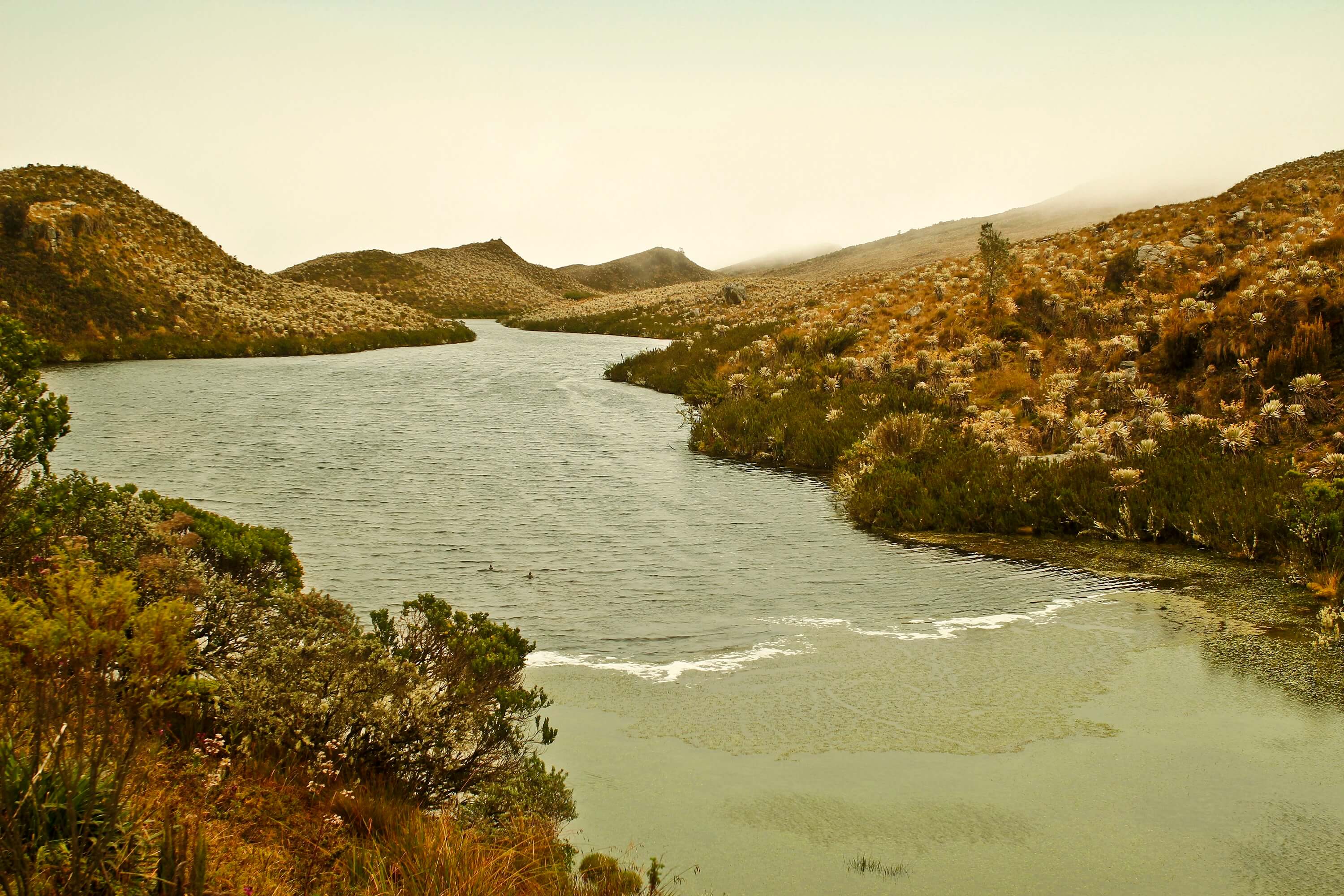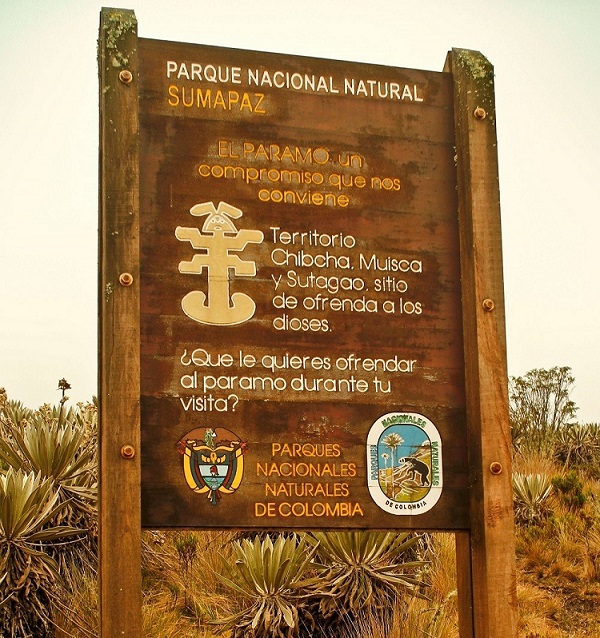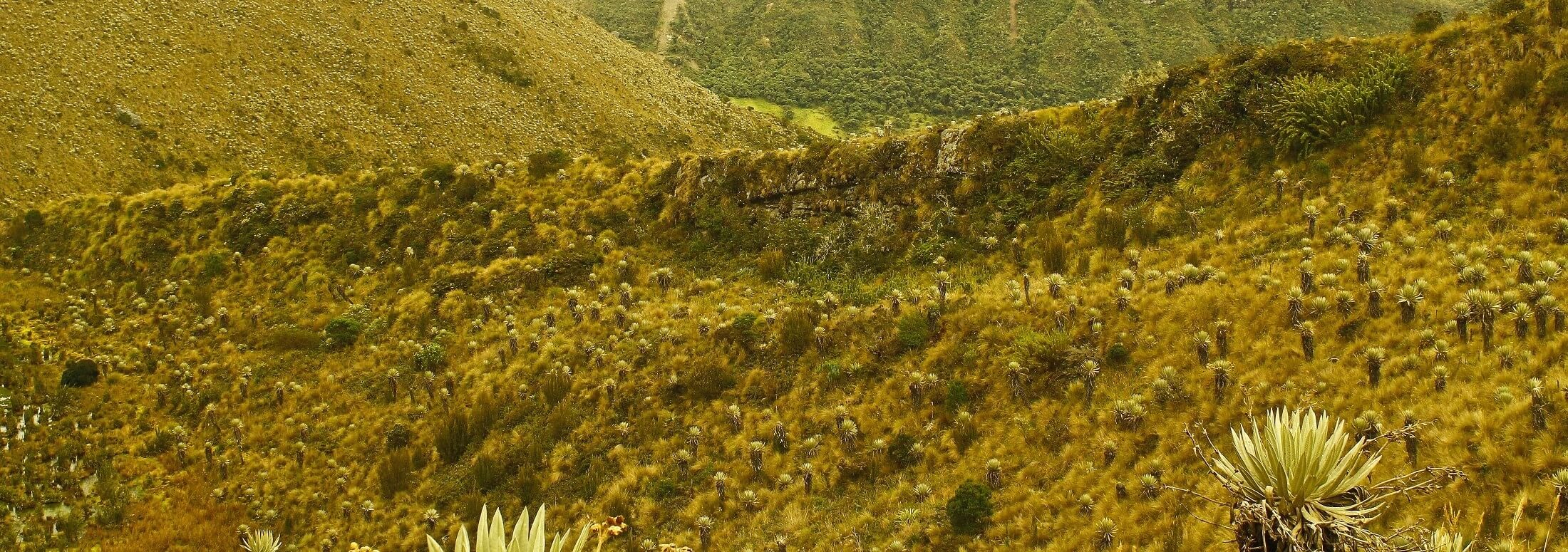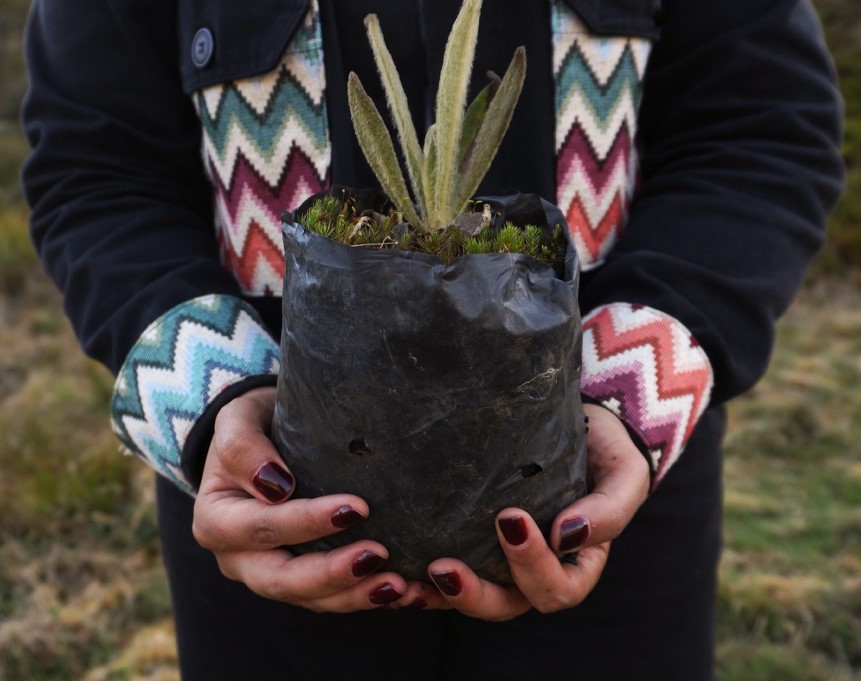Like one more of the thousands of families that migrated from the countryside to the cities in search of opportunities, we arrived from Nariño, in the southwest of Colombia, to the heart of it, in the capital Bogotá, hoping to have a better life and a new land to call home. Later, in the year 2000, we found a dreamlike place in the high mountains of Sumapaz, mountains that, to our amazement, were filled with something invaluable for life: water.

Over the following years, we resumed the peasant tradition and agricultural activities, while simultaneously learning more about the territory and the crucial role of páramos in the hydrological cycle and for life itself. In light of this, in 2013, we founded "Sumapaz Vive," driven by the dream of protecting the Sumapaz páramo and of allowing Colombians to become acquainted with this beautiful source of life and to be part of its preservation.
It was September 2016, and the signing of the peace agreement between the former FARC and the Colombian State marked an international milestone, enhancing the country's security perspective abroad. Furthermore, it presented a narrative of reconciliation and new opportunities, thus allowing the horizons of territories that were previously inaccessible due to armed conflict to finally open up, as was the case in Sumapaz.

Thanks to the peace agreement, visitors to the Sumapaz paramo went from being hundreds to thousands. However, this unleashed a socio-environmental conflict due to the negative impact on the ecosystem caused by uncontrolled tourism. This was compounded by restrictions on continuing the agricultural and livestock activities that local farmers had been carrying out for decades and that constituted their livelihood.
These restrictions were a result of the fact that nearly four decades after the Sumapaz National Natural Park was designated a protected area, it wasn't until 2016 that environmental authorities made their presence felt in the territory to protect the Sumapaz paramo. Unfortunately, they overlooked the well-being of those who inhabit it.
The economic situation for the peasants became increasingly critical, and relations with environmental entities were almost nonexistent, in addition to the general feeling of injustice due to the presence of illegal tour operators profiting in the territory, the same territory that peasants had protected for years and in which they could no longer even work.
Finally, this escalated to the point where some of the peasants from the villages of Santa Rosa Alta, Santa Rosa Baja, and Taquecitos in locality 20, Sumapaz, had to emigrate to other villages or even cities in search of a livelihood for their families.

In 2022, after several years of difficulties due to socio-environmental conflict and overcoming the challenges involved in promoting a conservation project in the area, we presented to the community a new way of viewing tourism through community ecotourism, aiming to enable the rural population to work again while preserving, conserving, and restoring the Sumapaz páramo.
However, it first required months of dialogue with Colombia's National Natural Parks and other entities, so that together with the community, the process of regulating tourism in the area could begin, and thus Sumapaz Vive finally opened its doors to the world.
